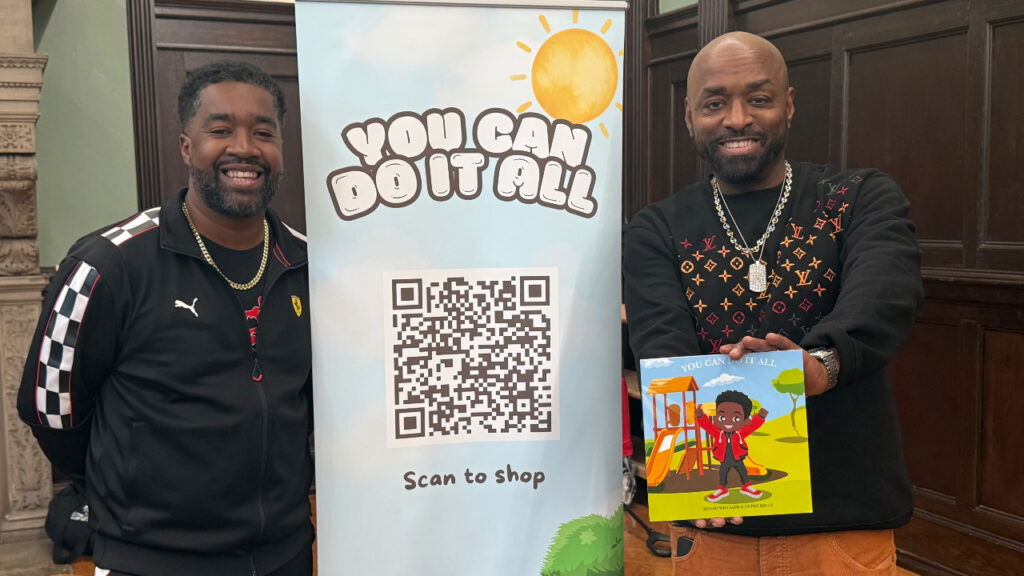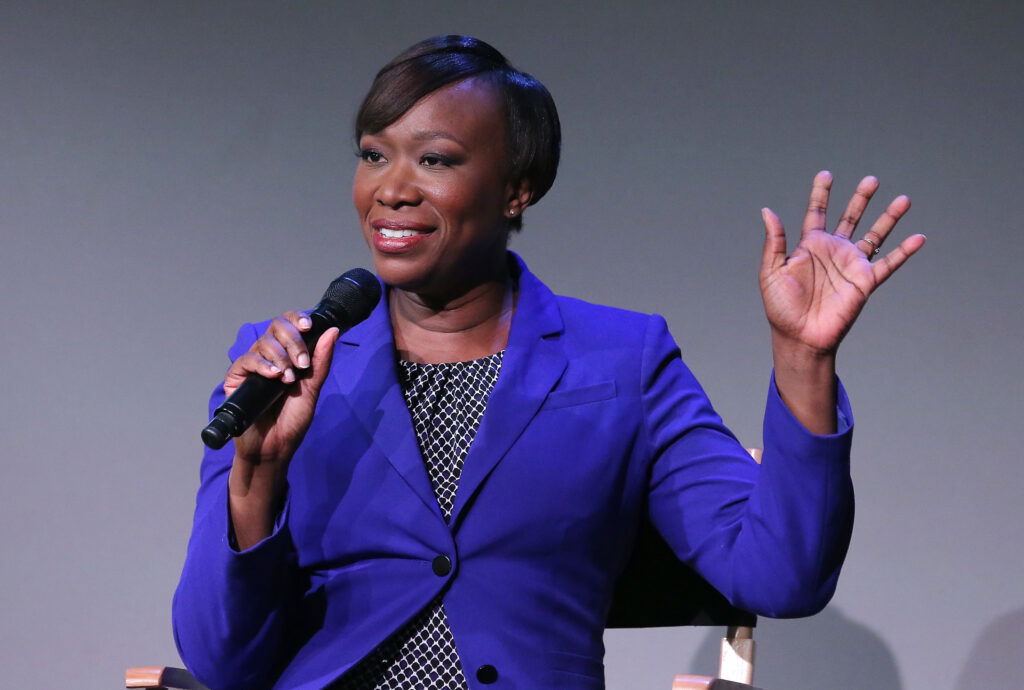
Since the pandemic, the labor landscape has been as turbulent as the economy. From quiet quitting to mass resignations, the shake-ups have kept coming. Recently, however, job turnover rates have settled quite a bit and national unemployment rates are between 3% and 4%. You no longer have to snatch up talent before your competitor swoops in.
On the contrary, you have the time and luxury to embark on more effective hiring techniques. From my many years of experience working with recruitment and researching my latest book People: Dare to Build an Intentional Culture, I recommend a “hire slow, fire fast” process. A slow hiring process can help you gain many advantages as you navigate the labor market’s “next norm.”
Understanding the hire slow, fire fast approach
“Hire slow, fire fast” allows you to apply the measure twice mantra. Rather than rapidly moving candidates through a lightning-fast hiring journey, focus on evaluating each one thoroughly. This strategy is a good way to steadily populate your workforce with high performers and avoid the expense and embarrassment of a hiring mistake.
According to a Robert Half study from 2022, six out of 10 business leaders surveyed admitted they settled for lesser candidates. Not surprisingly, they regretted their choices later. Putting the wrong person into your team can incur many cultural and financial blowbacks. You reduce the risk of onboarding a liability by measuring twice with a slow-hire mindset.
This doesn’t mean slow hire is foolproof. It’s not. There’s always the potential for a poor-fit applicant to make it through the application and interviewing gauntlet. That’s where the fast fire principle comes into play.
Of course, fast fire doesn’t mean terminating new employees who make errors. Errors come with the territory and can be excellent learning and development opportunities, as well as chances for managers to coach and mentor up-and-comers. Fast fire means giving the person a chance and only ending your employee-employer relationship if things just aren’t working out.
If you’re people-centered, fast fire can feel uncomfortable. However, it’s compassionate and appropriate. Firing someone who’s not an asset (and probably isn’t happy working for your company) is good for you both. One business founder recently wrote that holding on to the wrong people can be pricey. Over the years, she’s paid the price of slow firing to the tune of around $450,000. Had she fired quickly, she would have saved a lot.
Remember that termination doesn’t have to smack of a two-sided failure. Some companies that fire fast offer employees graceful exits. Take Amazon: The retail giant famously offered dissatisfied warehouse workers a “Pay to Quit” option. Employees could leave with a fiscal safety net (and no repercussions), which greatly improved the company’s overall health and stability.
Above all else, firing fast sends a message to the rest of your team that you’re serious about striving for excellence. As long as you’re not violating ethical or legal considerations (or firing someone you don’t like for personal reasons), you’re doing something for the benefit of all stakeholders.
Overcoming internal obstacles to hire slow, fire fast
You may come up against some resistance to hire slow, fire fast at first. Some of that resistance may be personal. Many hiring managers and teams were caught off guard by the Great Resignation. Their experience left them with fears and hesitation, which is understandable. The marketplace has now changed.
Today, employers can adopt more pragmatic practices when hiring new employees. They can be cautious and deliberate for a more thoughtful approach to workforce management during the economic downturn. With that in mind, you have little to lose and much to gain by embracing hire slow, fire fast. One of the most important of those gains is a resilient, future-ready team.
Developing and retaining talent
Once you’ve begun populating your team with people you believe have the ability, desire and mission alignment to help your company reach its goals, you can take the next step. This step involves implementing some tried-and-true employee retention strategies. After all, you’ve spent energy and resources looking for great people. You want to keep them engaged and thriving, and you can do that through a few next-level managerial solutions.
1. Invest in your employees
You should never allow yourself to see employees as costs. They’re investments. The better their performance, the better the performance of your company.
To ensure that your people have the skill sets you need, put a push on your upskilling and reskilling programs. Putting your people through regular training shows them that you support them in becoming the best possible versions of themselves. This can help you reduce churn. High-performing employees will always be motivated by improving their core skill sets, and your support can be what pushes them to improve.
2. Promote from within
An advantage of hire slow, fire fast is that you’ll end up with great people in your open seats. These are often achievers who hope to move up the corporate ladder in their careers. In other words, they should be considered for promotions and advancement.
This doesn’t mean you should pingpong people from one position to another. Slow hire can also be relevant when preparing an employee for another role. Having internal advancement pathways helps temper the idea among employees that the grass must be greener somewhere else. Employees will, therefore, stick with you longer, which means less reduction of legacy knowledge and a stronger, tighter culture.
The rocky and unpredictable labor market of the past couple years probably shook up some of your hiring methods. It’s time to regain control and build your dream team by measuring twice and cutting once through hiring slowly and firing fast.
Mark O’Donnell is the visionary and CEO at EOS Worldwide, an entrepreneurial consulting firm featured on the 2023 Inc. 5000 list as one of America’s fastest-growing companies. Passionate about helping entrepreneurs achieve their business aspirations, he guides clients in clarifying their goals and taking actionable steps toward success. A 10-time Inc. 5000 entrepreneur with extensive experience in leading high-growth organizations, O’Donnell has helped thousands of entrepreneurs globally through EOS Worldwide.
Photo by Lee Charlie/Shutterstock.com




